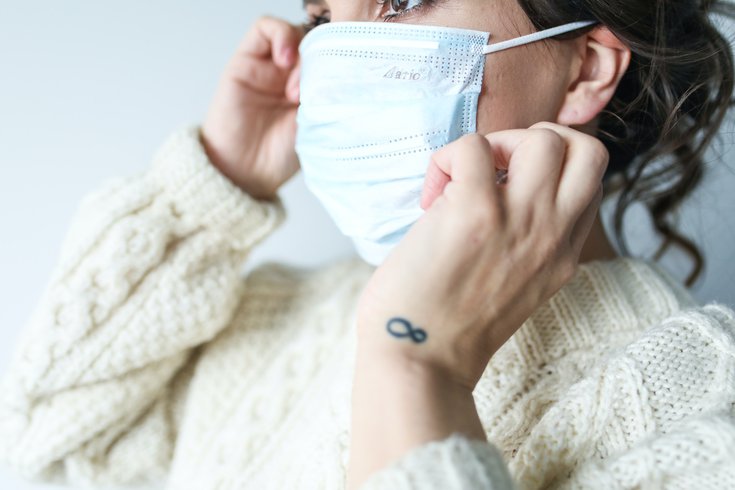
November 02, 2020
 Polina Tankilevitch/Pexels
Polina Tankilevitch/Pexels
Isolating as early as possible is the best way to slow the spread of COVID-19 among household members, according to the CDC.
Household members who are suspected of having COVID-19 need to isolate from others as early as possible to reduce household spread of the infection, the U.S. Centers for Disease Control and Prevention warns.
Researchers found that the coronavirus is likely to spread among households and when it does, it happens rather quickly, according to a CDC study published Friday.
Because the virus spreads so rapidly, the CDC says it is important for people with COVID-19 symptoms to self-isolate – even before a tests confirms a positive diagnosis.
The recommendations come as as the United States is recording its highest daily confirmed COVID-19 case totals since the beginning of the pandemic. Many hospitals in the Midwest and West are overwhelmed with COVID-19 patients and other hospitals could be too in the coming weeks.
With the weather cooling, there will be fewer opportunities for outdoor gatherings, which are generally considered less risky for the spread of respiratory viruses. Health officials already are warning against large, indoor holiday gatherings, fearing a COVID-19 surge.
As of Monday, there have been 9.22 million cases and 231,077 deaths, according to Johns Hopkins University of Medicine.
"Because prompt isolation of persons with COVID-19 can reduce household transmission, persons who suspect that they might have COVID-19 should isolate, stay at home, and use a separate bedroom and bathroom if feasible," the researchers wrote.
Masks should always be worn in common areas of the house or apartment as well, they added.
The study, part of ongoing CDC research, followed 101 people infected with COVID-19 in Nashville, Tennessee, and Marshfield, Wisconsin between April and September.
They and their household members were asked to collect nasal swabs or a combination of nasal swabs and saliva samples every day for 14 days. They were also required to keep a symptom diary.
More than half of the people living with a COVID-19 positive person became infected within a week. Almost 75% of that group tested positive within five days of the initial patient first experiencing symptoms.
The CDC says this is a higher rate than what has been previously reported. It includes both children and adults. Earlier reports suggested a 20% to 40% infection rate.
Oftentimes, people with confirmed SARS-COV-2 infections were asymptomatic.
So what is the best way to protect yourself and your loved ones when the virus is potentially in your home?
If you have someone who is older or immunocompromised living with you, they should isolate to a separate part of the house so the rest of the family isn't in regular contact with them, Dr. Tanya Altmann, an spokesperson for the American Academy of Pediatrics, previously told CNN.
If a child has a suspected or confirmed case of COVID-19, one adult should isolate and care for the child, while another one takes care of the rest of the family, she said.
Make sure everyone in the household uses separate cups, plates, utensils, towels and bedding. When handling dirty laundry, always use disposable gloves that can be thrown away immediately afterward, the CDC recommends. Wash hands right after removing the gloves.
Do the same when handling any trash from an infected person. And clean and disinfect all surfaces regularly.
Even with these precautions, however, experts say that the whole household should isolate from the outside world, even if they are not showing any symptoms.
Ask a neighbor or a family member or friend who doesn't live with you to drop off groceries or medications. It is a good ideas to stock up on essentials like those on this list compiled by Harvard Health and other experts:
• A working thermometer
• Fever-reducing medications and at least a 60-day supply of any prescription medications
• Disinfectant-cleaning supplies, soap and 70% alcohol-based hand sanitizer
• Rubber or latex disposable gloves and face masks
• Toiletries, tampons, sanitary napkins, diapers, paper products and garbage bags
• At least a two-week supply of non-perishable food
According to the CDC, if you tested positive for the coronavirus but never developed any symptoms, you can stop isolating at home 10 days after your positive test.
If you experienced symptoms, then you need to isolate until you have been fever-free for 24 hours, your other symptoms are improving, and it has been at least 10 days since symptom onset.
For anyone with severe COVID-19 who required hospitalization, your health care provider might recommend you isolate longer.